Watering your Philodendron correctly is crucial for maintaining its health and vibrant appearance. In this guide, we will explore the best practices for watering these beautiful aroid plants to ensure they thrive in your home.
Introduction
Philodendron plants are members of the aroid plant family, which includes popular varieties like Monstera, Anthurium, and Aglaonema. Native to the tropical regions of Central and South America, these plants are prized for their lush foliage and easy-care nature. Similar to Syngonium and Epipremnum, Philodendron plants are not only beautiful but also relatively easy to care for.
1.Philodendron Water
Philodendrons can be grown directly in water, making them one of the easiest houseplants to propagate and care for. While not all philodendron varieties do well as water plants long-term, some types will readily root and flourish when suspended in a vase of water. The key requirements are:
Use Clean Water
It’s critical to use clean, pure water that is free of chemicals like fluoride or chlorine which can build up and damage the delicate roots over time. Use filtered or distilled water and replace at least every 1-2 weeks to keep the water fresh.
Provide Bright, Indirect Light
Philodendrons will need plenty of brighter, indirect sunlight when grown in water. A southern or western facing window is ideal. Low light conditions can result in weak, stunted growth over time.
Keep Roots Submerged
Be sure the roots remain fully submerged in the water. If they become exposed to open air, they can rot. Top off with more water as needed to maintain the water level.
Transition from Soil
Don’t place a philodendron grown in soil directly into water. Gradually transition it by first placing the roots in a shallow tray of water before fully submerging in a vase.
Fertilize Regularly
Since philodendrons in water don’t have access to nutrients in potting mix, liquid fertilizer should be added to the water every 2-4 weeks in the growing season. This will provide nutrients for healthy growth.
With the right conditions, philodendrons like the heartleaf or pothos varieties will readily thrive in water for an easy-care houseplant!
2.Growing Philodendron in Water
Growing philodendrons in water has many benefits as an easy, fuss-free way to enjoy these tropical beauties. Here are some tips for propagating and growing philodendron in water long-term:
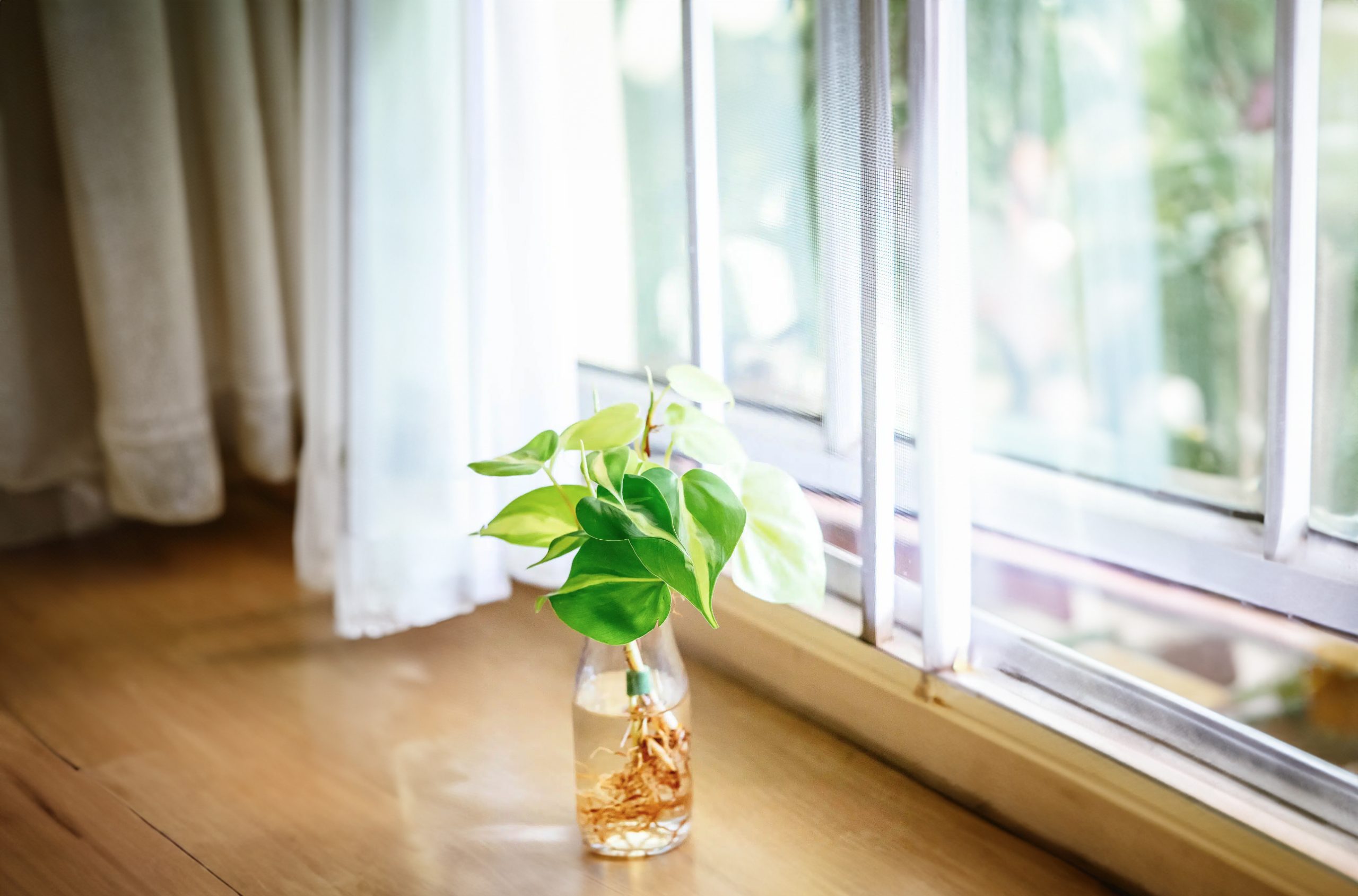
Start with Cuttings
Take 4-6 inch stem cuttings, ideally just below a leaf node where roots will emerge. Rooting hormone can speed up the process.
Change Water Weekly
Replacing the water weekly will prevent salt buildup from fertilizer and provide fresh oxygen to the roots.
Keep Temperatures Warm
Warm room temperatures between 65-80°F will encourage faster rooting and growth. Avoid cold drafts.
Transition for Potting
Once rooted, acclimate the philodendron back to soil by first placing the roots in damp soil before fully repotting. This prevents transplant shock.
Enjoy Endless Plants
Take plantlets that form off the mother plant and root them in water too for an endless supply of philodendrons!
Growing in water allows close inspection of roots, minimal mess, and easy propagation of these rewarding houseplants. With a little care, philodendrons will readily flourish in water.
3.Heartleaf Philodendron in Water
The heartleaf philodendron, with its long, trailing vine-like stems and deep green heart-shaped leaves is one of the most popular philodendrons grown in water. Here are some care tips for keeping your heartleaf thriving:
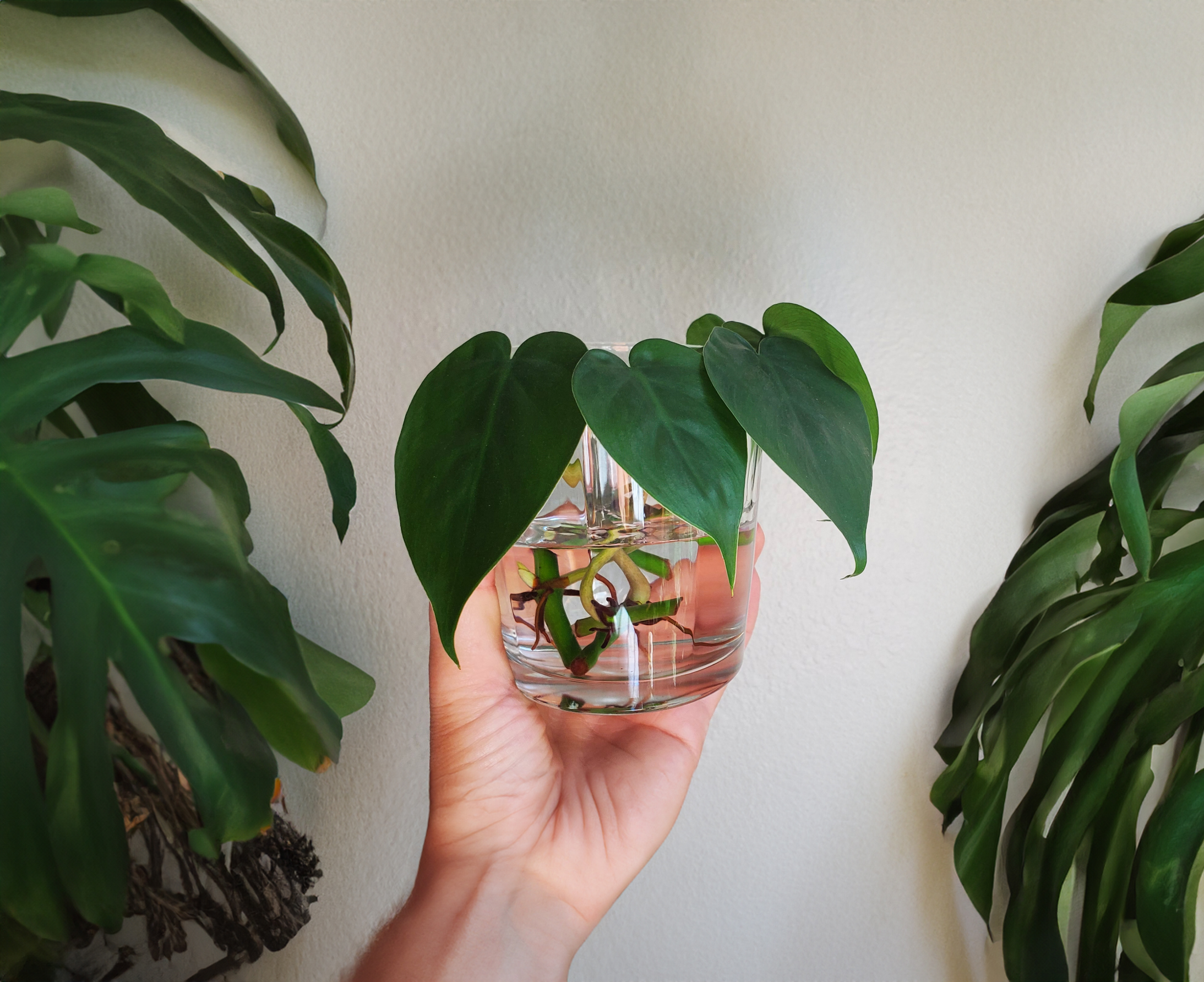
Choose Healthy Plants
Select a heartleaf philodendron with no signs of disease, pests or yellowing when propagating in water. Start with a healthy mother plant.
Use Warm Water
Maintain water temperature between 70-80°F. Warmer water encourages faster root growth.
Add Nutrients
Use a balanced liquid fertilizer in the water monthly. Without soil, nutrients levels can deplete over time.
Increase Light
Heartleafs need brighter light when grown in water than soil. Provide several hours a day of direct sun or bright indirect light.
Prune As Needed
Trim off any leaves or stems that yellow or rot to keep your heartleaf vigorous. Pruning promotes new growth.
With its vining growth and shapely leaves, heartleaf philodendron makes a lovely trailing accent in water. Give it the conditions it needs and this versatile plant will flourish.
“Explore the Exceptional 2023 Philodendron Variegata Collection: A Curated Selection of the Rarest and Most Unique Varieties Available.”
4.Philodendron Burle Marx in Water
Named after the famous Brazilian landscape architect, philodendron burle marx is another trailing beauty that can be readily grown in water. Follow these tips for success:
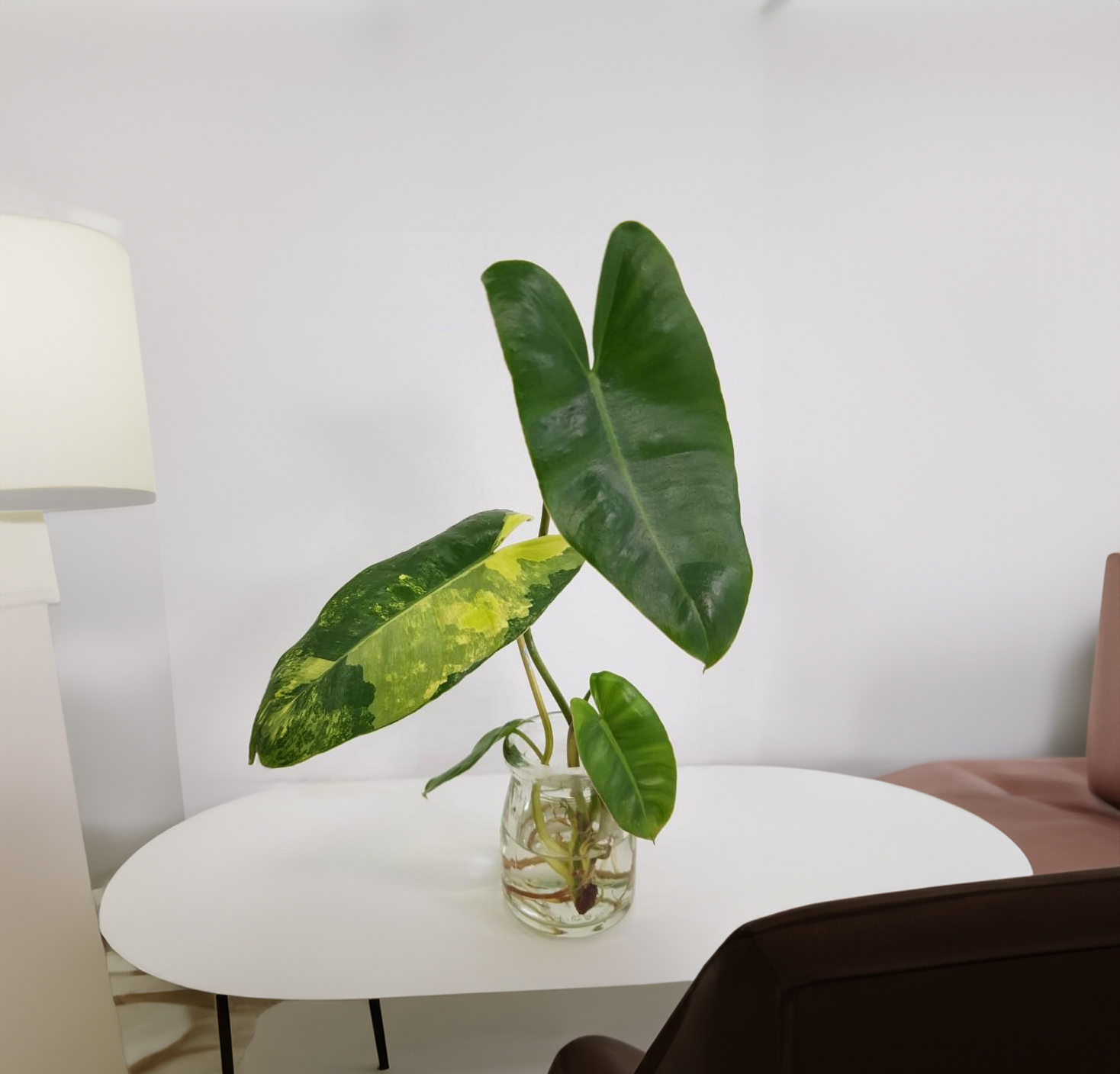
Use Filtered Water
Because it is sensitive to chemicals, use filtered or distilled water only. Tap water may cause leaf burn or failure to thrive.
Maintain Water Levels
Don’t let water level drop too low. Keep vase topped off since dry roots can die rapidly.
Moderate Light
This philodendron needs less light than some varieties when grown in water. Bright indirect sunlight is perfect.
Control Temperatures
Avoid drafty areas or temperatures dropping below 60°F which can damage roots. It prefers average room temperatures.
Monitor Water Quality
Change water every 1-2 weeks and wash the vase to prevent bacterial buildup that can rot sensitive roots.
With proper care, the exotic foliage of burle marx philodendron will cascade beautifully from its clear vase of water. Give it the conditions this fussy plant needs to flourish.
Philodendron species are the most sought after by aroid plant lovers
5.Philodendron in Water
Beyond the popular heartleaf and burle marx varieties, many types of philodendron can be grown directly in water. Here are some general guidelines for success:
Select Vining Varieties
Trailing types with long, vine-like growth habits often root best in water. Upright, shrub-like philodendrons don’t work as well.
Use Clean Containers
A clear glass vase lets you monitor root growth. Keep containers scrupulously clean to prevent disease.
Start with Cuttings
Take 6 inch stem cuttings below a node. Avoid overly woody stems. Younger tips root quickest in water.
Prevent Crowding
Don’t place cuttings too densely. Allow spacing for ample oxygen circulation around leaves and roots.
Be Patient
Depending on the variety, it can take 2-8 weeks for cuttings to root. Resist urge to disturb them during this period.
While not right for every variety, many philodendrons can thrive and propagate with ease by growing directly in clean water.
6.Philodendron Water Plant
Certain philodendron varieties are well suited for growing as long term water plants. Consider the following types:
Pothos
With its hyper-trailing growth, variegated leaves and ease of rooting in water, pothos is a perfect philodendron water plant.
Heartleaf Philodendron
The iconic heart shaped leaves look beautiful cascading from a vase of water. Heartleaf is very easy to root and grow in water long term.
Brasil Philodendron
Brasil philodendron has graceful leaf stems and bold yellow variegation that pops when displayed in a clear water vessel.
Neon Philodendron
Vivid lime green foliage makes neon philodendron a stunning choice for growing in water, where its neon colors really stand out.
Micans Philodendron
With its velvety leaves and vining growth habit, micans does well in water and adds lush texture.
The best philodendron water plants have long trailing growth and relatively small root balls at maturity, making them perfect for display in a vase.
7.Propagating Philodendron in Water
Philodendrons are easily propagated by rooting the vines directly in water. This technique allows close monitoring of root development while the cutting forms an independent plant. Here’s how:
Start with Healthy Cuttings
Take 4-6 inch cuttings from the tip of a vigorous vine. Cut just below a node where leaves emerge.
Optional: Dip in Hormone
Dipping the cut end in rooting hormone can speed up the rooting process. Tap off any excess.
Place in Water
Place the cutting in a vase or jar of clean, room temperature water. Change water weekly to prevent bacteria.
Provide Bright Light
Indirect sunlight encourages stronger root growth. Avoid direct sun which can overheat the water.
Transition to Soil
Once the cutting has a well established root system, transplant it into potting mix. Acclimate it gradually first.
In the right environment, philodendron cuttings will root reliably in water for an easy propagation method.
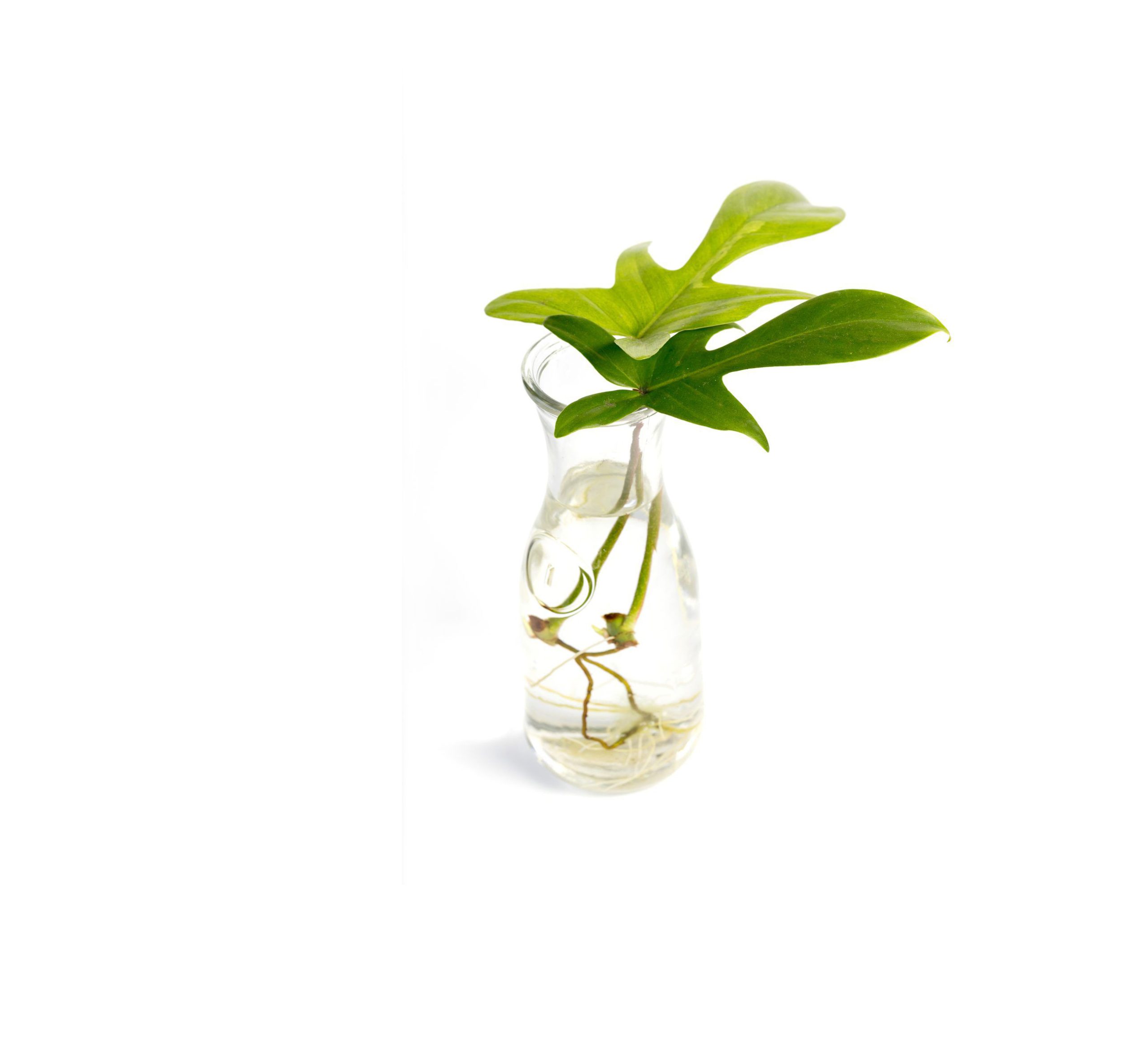
8.Rooting Philodendron in Water
Rooting philodendron cuttings in water is a simple propagation technique that allows monitoring of root development. Follow these tips:
Use Fresh Cuttings
Take several cuttings to improve success odds. The fresher and healthier, the better. Avoid woody sections.
Change Water Weekly
Stagnant water can rot cuttings. Dump old and refresh weekly with room temperature filtered or distilled water.
Find the Balance
Philodendrons need bright light to root but direct sun can overheat water. Near a southern window is ideal.
Warmth Spurs Growth
Maintain temperatures above 65°F for fastest root production. Rooting slows dramatically in cooler conditions.
Transition Slowly
Once rooted, gradually expose the new plant to life outside water before full soil transplant. This prevents shock.
Rooting philodendrons in water takes a little patience but allows fascinating observation of the rooting process. In the right environment, water rooting is very effective!
Conclusion
Water can be an ideal growing medium for philodendrons. While not appropriate for all varieties, many will readily root and flourish when suspended in vases of clean water. Providing the right balance of light, warmth, nutrients and care allows these tropical beauties to thrive hydroponically indoors. Learning the unique needs of each philodendron variety is key, along with maintaining excellent water quality. With a little effort, growing philodendrons in water can be an easy, rewarding way to enjoy these popular plants.

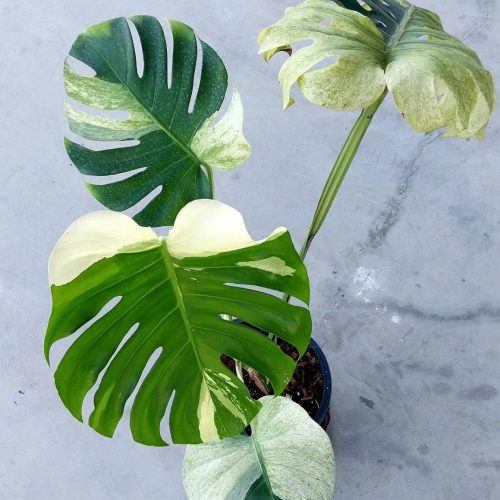
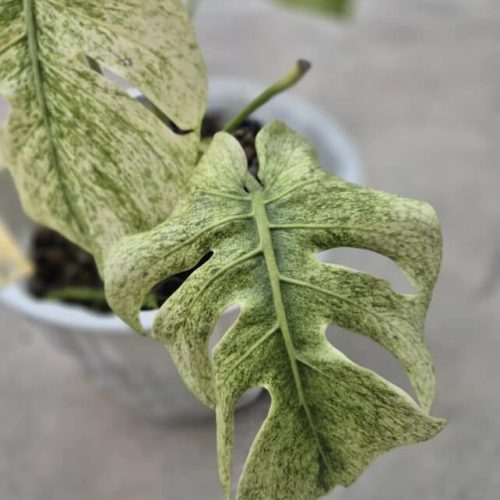
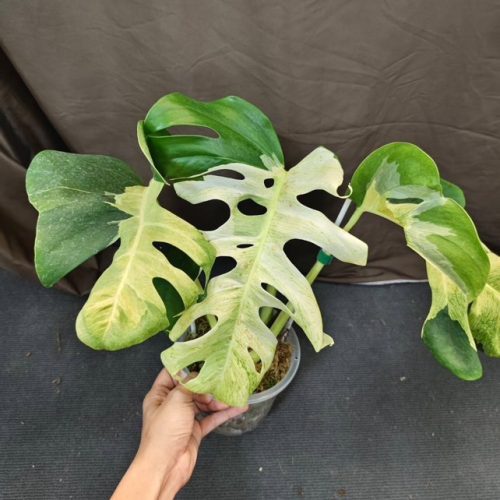
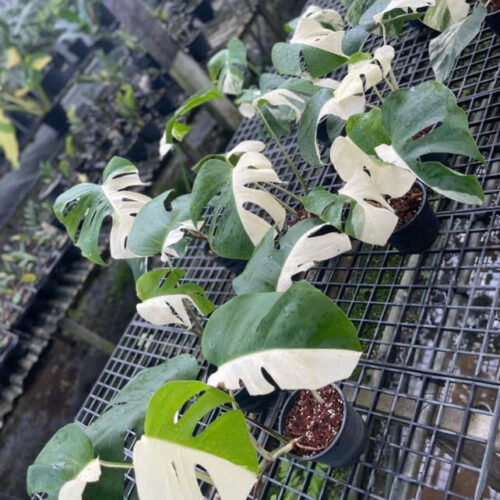
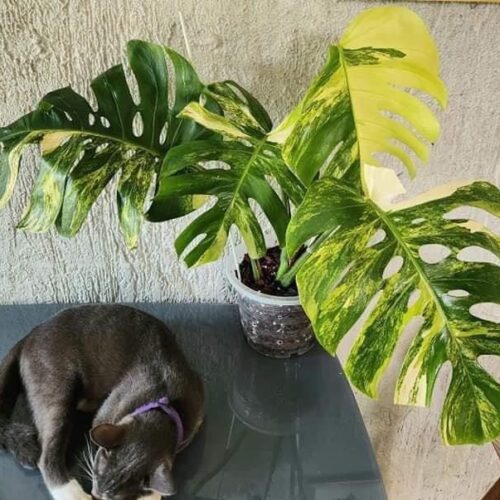

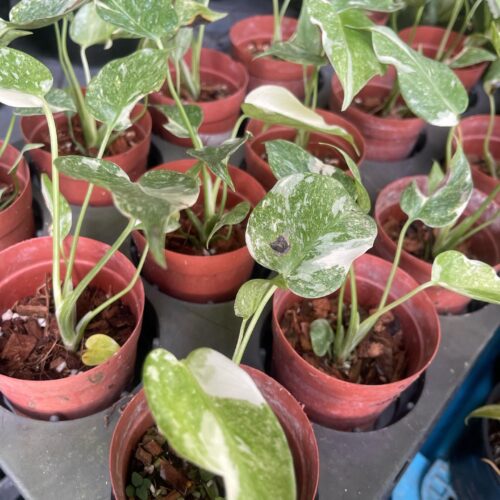
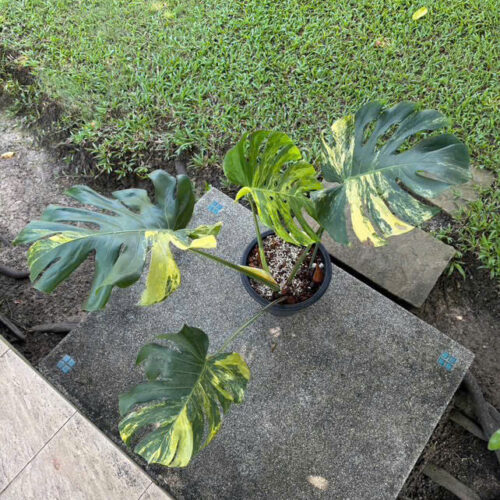
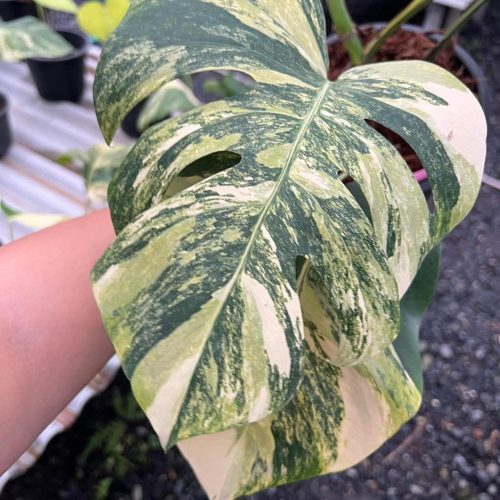


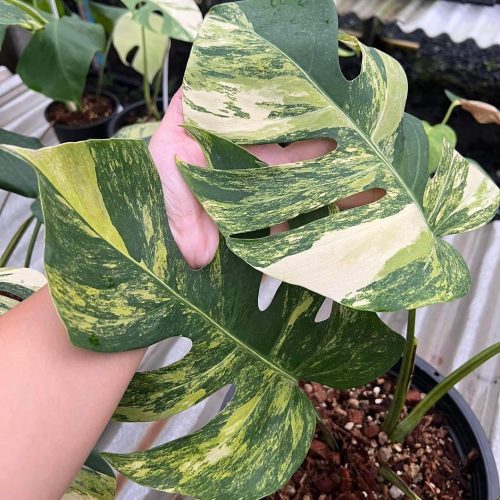
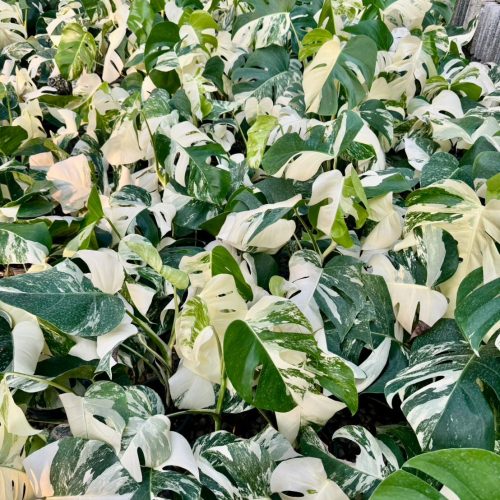
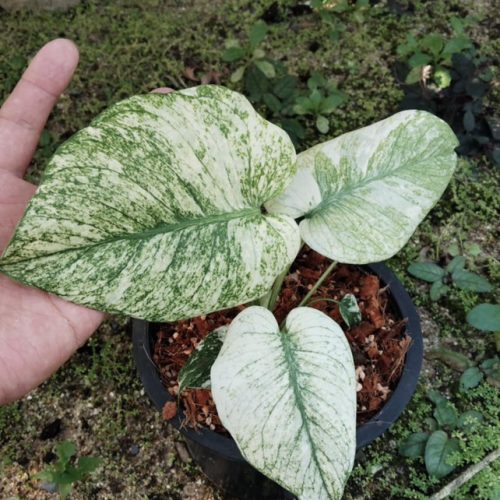
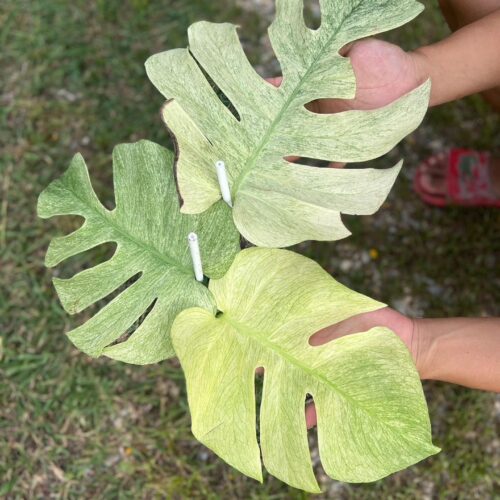
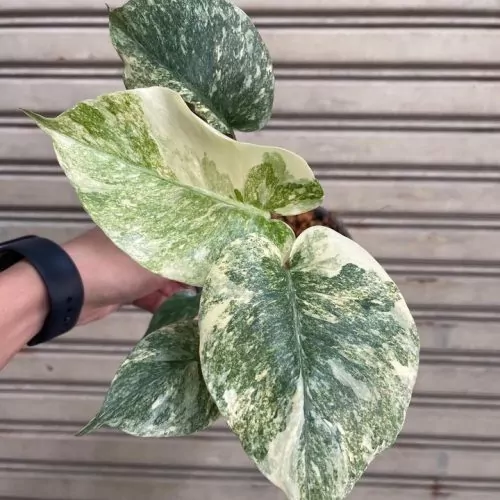
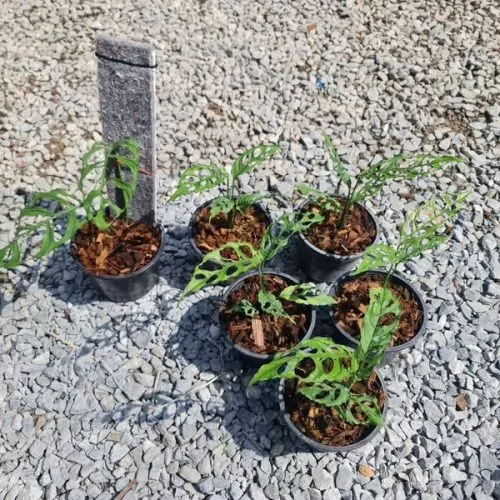


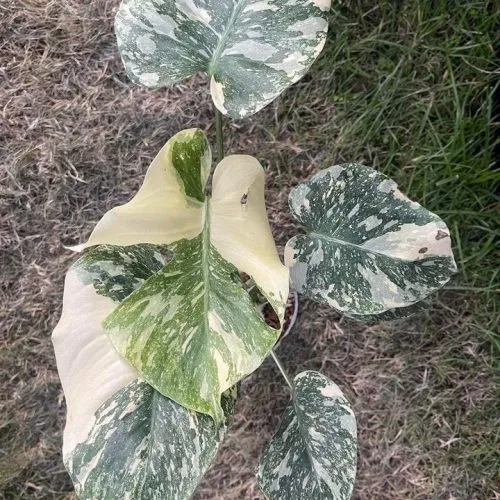
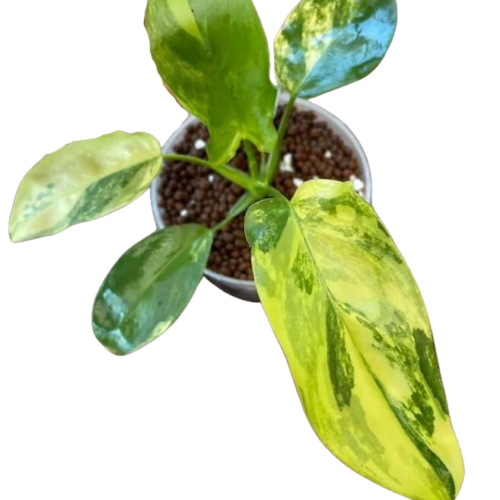
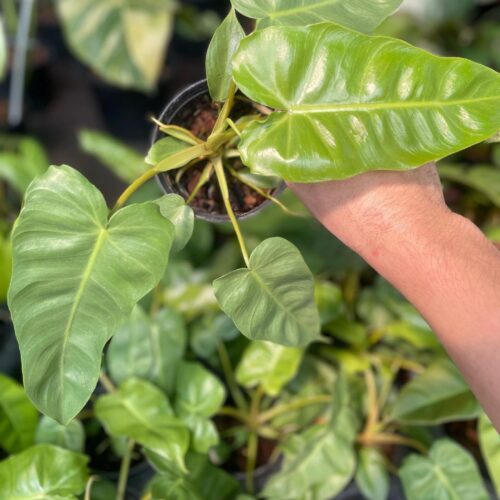
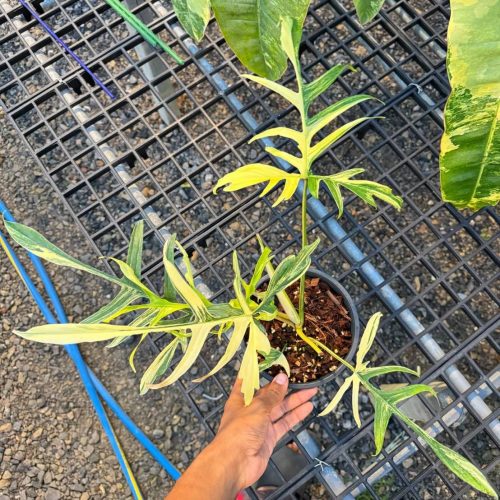
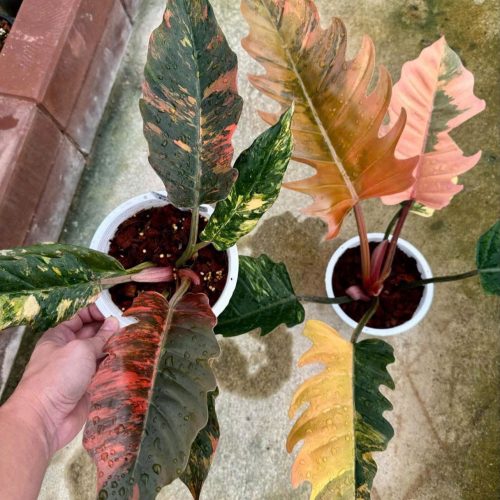
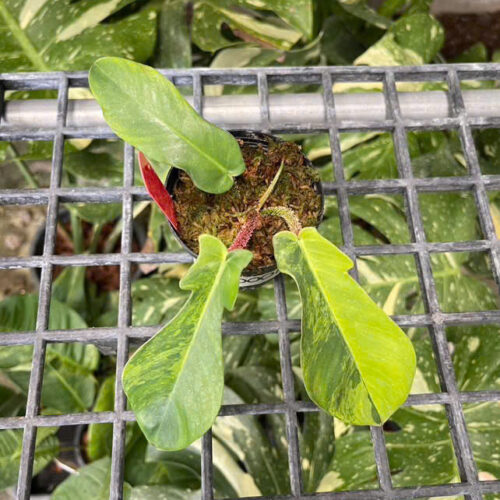
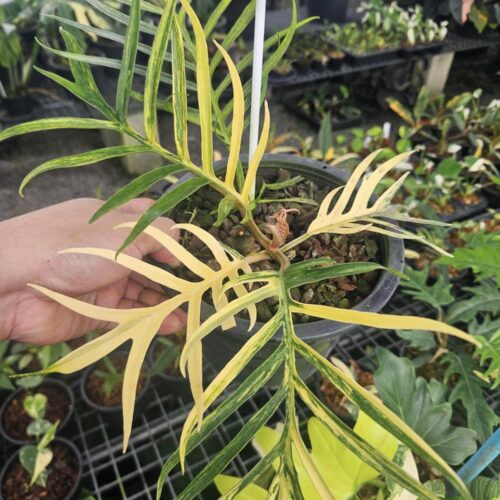
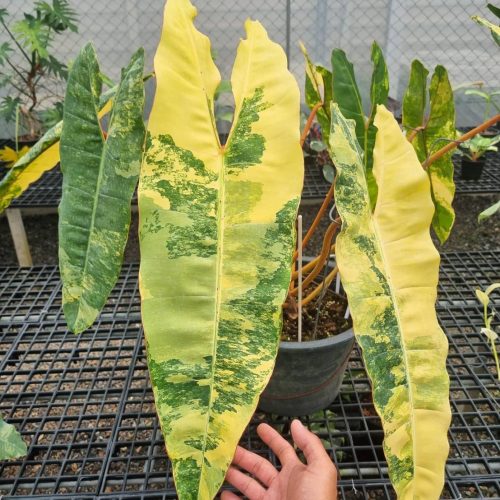
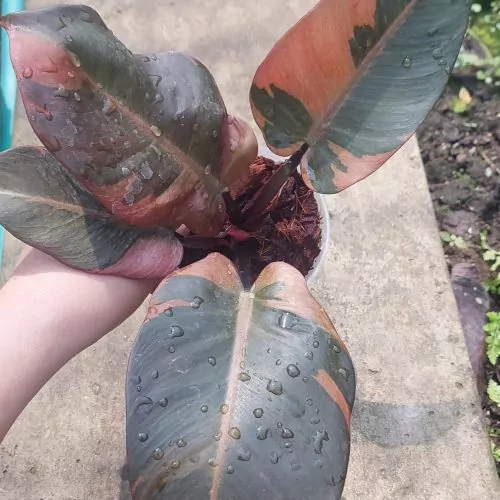
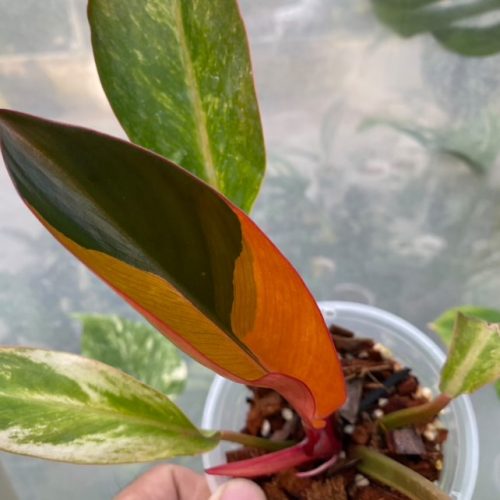
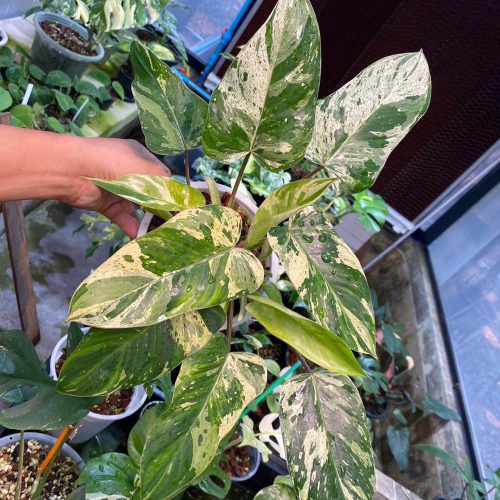
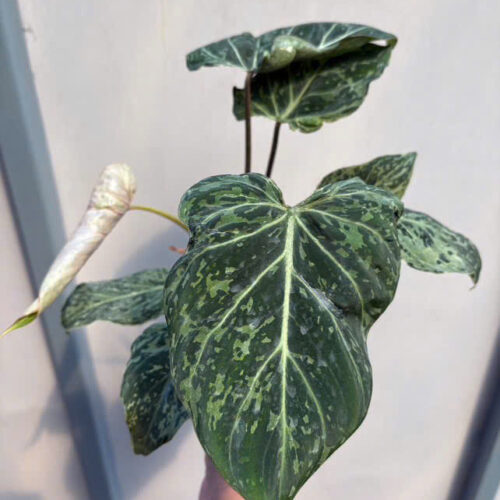
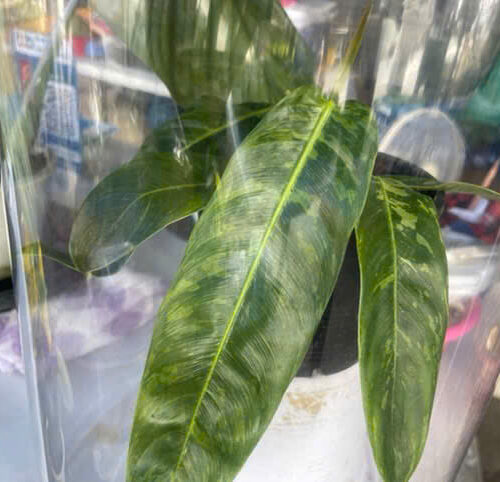
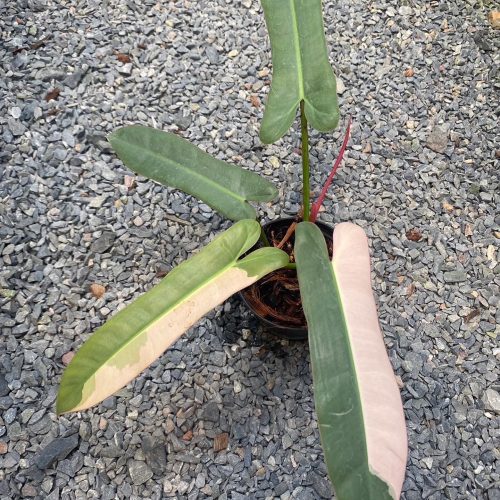
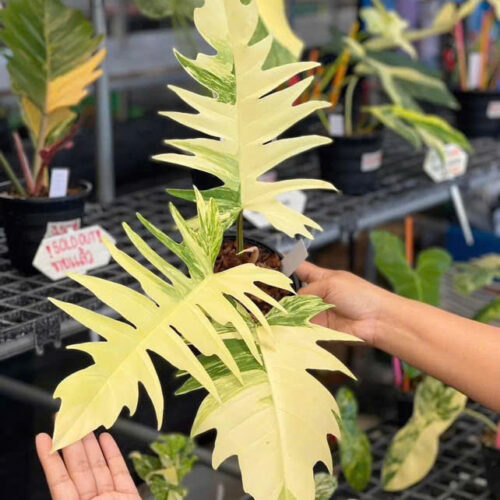

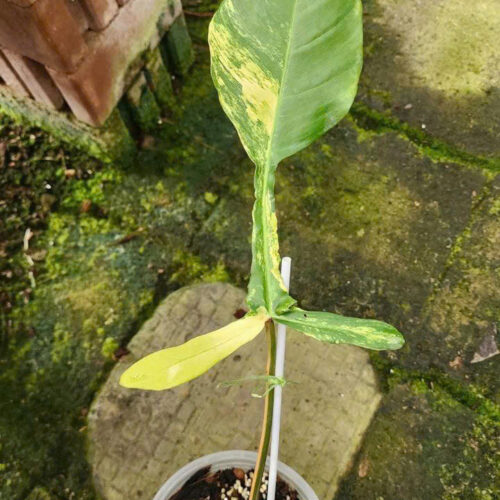
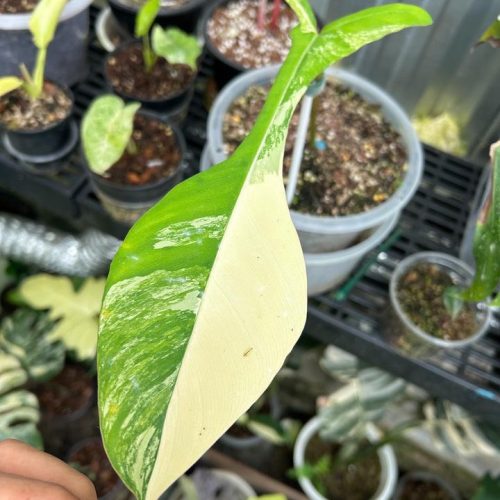
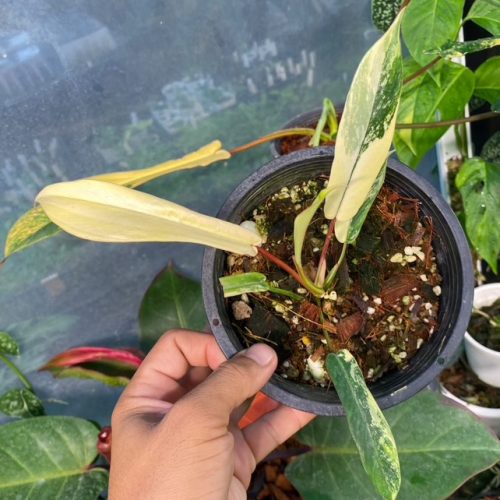



1 thought on “Mastering Moisture: Perfect Watering Techniques for Philodendrons”